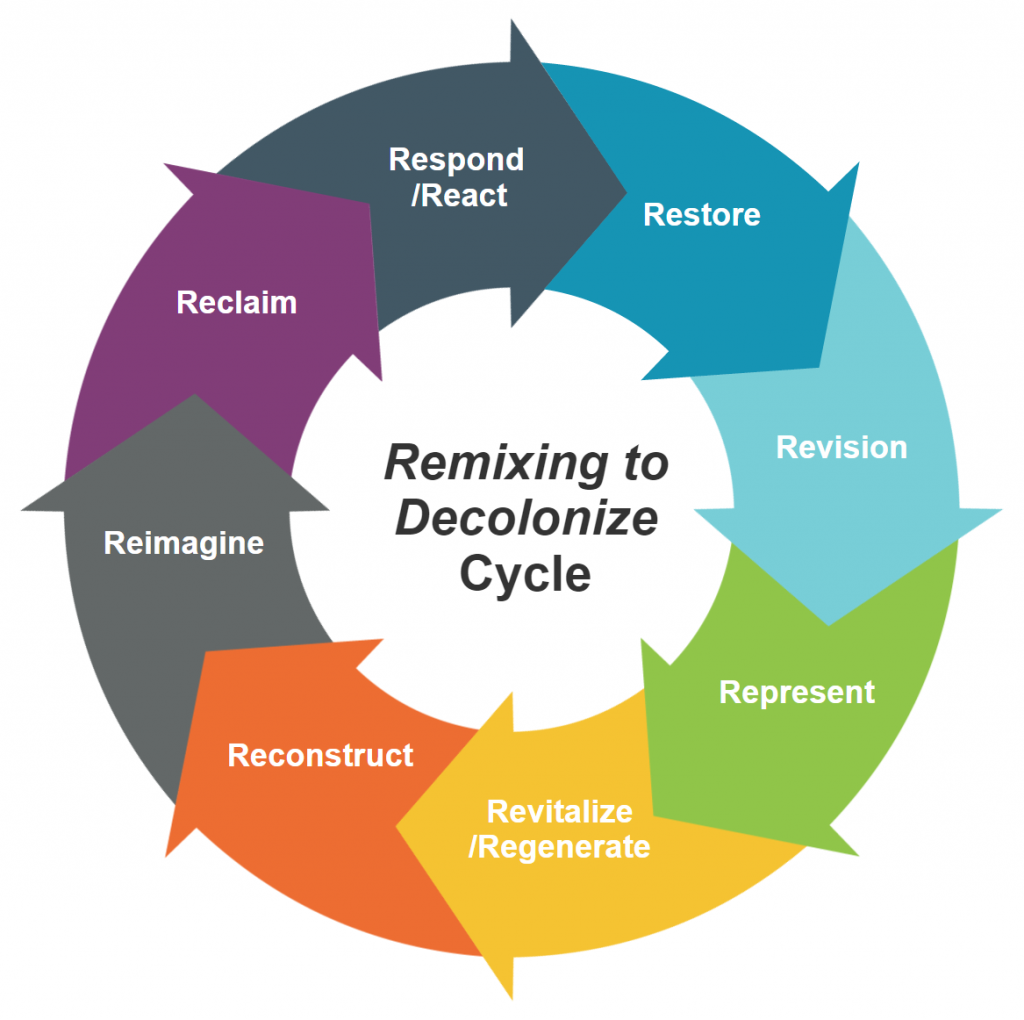In my investigation into using digital art as a means of decolonization, I came across this article (Taylor, 2021) on The Art of Education University’s website. I feel that it helps solidify the distinction of when appropriation is acceptable (such as with remixing) and when it is not. It is both easily digestible and practical for a classroom teacher. One sentence in particular stood out to me, for its simple flip-the-idea-on-its-head approach:
“Instead of using kente cloth to teach weaving, teach weaving to introduce kente cloth.”
This phrase echoes what Kawagley and Barnhardt said about learning about the greater ecology before focusing in on one particular niche. In the case of the kente clothe (a Ghanaian textile), Taylor outlines how to guide students through intentional decision making, towards creating their own personal textiles, rather than mimicking an aesthetically pleasing one from another culture.
References:
Kawagley, A. O., & Barnhardt, R. (1998). Education indigenous to place: Western science meets native reality. Fairbanks: Alaska Native Knowledge Network.
Taylor, J. (2020, October). Considering Cultural Appropriation in the Art Classroom. The Art of Education University. https://theartofeducation.edu/2020/10/23/considering-cultural-appropriation-in-the-art-classroom/


